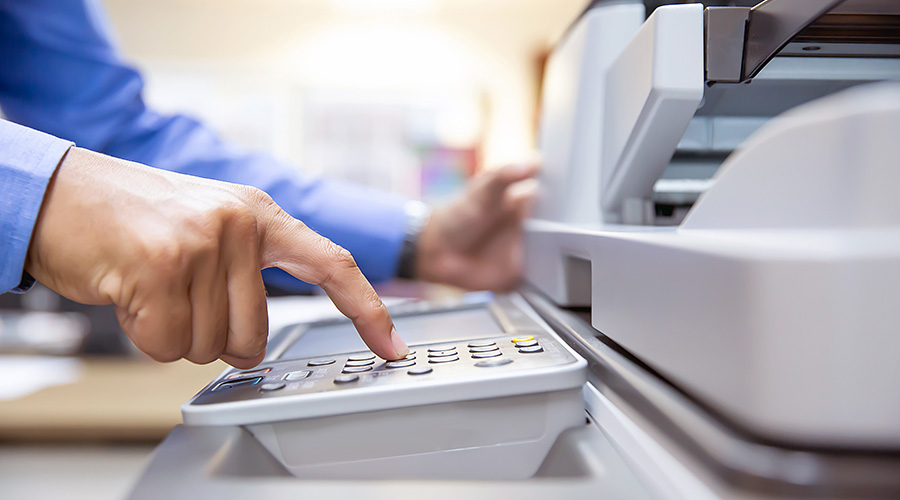Your boxes need to be custom printed. There is no doubt about that. What type of printing should you use? How do you know if it’s the right choice? Do lithographic boxes differ from flexographic or digital ones? What does it even matter?
You might not realize how significant it is to choose the right packaging printing method – the packaging design you choose can have a significant impact on your sales.
You don’t have to feel overwhelmed when it comes to designing your packaging. Printing options can help you design the best packaging.
Which printing options are available to me?
When packaging a product, there are many things to consider. The first choice you should make is how you wish to have your design printed boxprinting4less.com options include:
● Flexo printing, It’s a direct-printing process, which means the desired designs are applied directly to the packaging material. When it comes to simple designs and bulk orders, Flexo is a cost-effective, versatile choice.
● Litho, printing is a high-end, magazine-quality printing process that laminates your printed sheets on top of your packaging. There are two steps to lithography, unlike other printing methods. A maximum of six colors can be used.
● Digital, With digital printing, you can print directly to the box, like with flexo. A custom package can be printed in the simplest, most economical way possible. Additionally, it’s a great choice for small orders. You may find that digital printing offers many benefits and is the right printing method for you.
Consumers place a lot of importance on packaging and design, according to industry research. Over 70% of consumers agree packaging design influences their purchasing decisions, according to a recent study by the Paper and Packaging Board and IPSOS. Packaging is important — there’s a lot riding on it. Everything from the box type, your logo placement and what type of printing process you use affects the finished product. If you understand your options before you order your custom printed packaging, you can make strategic decisions about your printing and packaging options.
How Does Flexo Box Printing Work?
The traditional method of printing is flexography. In flexo printing, relief plates and anilox rolls are used to print directly to the surface. An image is raised and pressed onto a flexible relief surface in flexo printing, similar to letterpress “stamping” in the early days of newspapers. Three methods can be used to create a raised-image plate:
- Molding
- Laser technology guided by a computer
- When polymer is exposed to ultraviolet light
The plates are then inserted into a press once the raised image has been created. They deposit exact amounts of ink onto the printing surface from tiny cups. Before, you had to wait for the ink to dry in order to avoid smudging, but today, technology allows quick drying. For large-scale reproductions, this is useful. If you want to print on cardboard or paper, you should use water-based ink.
How Does Litho Box Printing Work?
Simplified forms of lithographic printing were around during ancient Greek times. In Greek, “litho” means stone and “graphein” means to write. Ancient people would carve stones to create stencils. The technology has advanced quite a bit since then. Today, litho printing takes advantage of oil and water’s aversion to each other. It involves etching a design onto an aluminum plate, using a laser, mechanical or photochemical process.
Once the design is complete, water and ink roll over the printing plate. The water wets the non-image areas while the ink adheres only to the image areas. This results in clean, accurate copies every time. The ink is transferred to a rubber blanket and rolled over the print surface. Because the ink passes from the plate to a blanket to the final print surface, it’s earned the nickname “offset printing.” The image is “offset,” not applied like a stamp. It takes multiple layers of various ink colors to create the final product. The process takes careful setup and planning.
Printing a digital box: What Is It?
It is the process of printing electronic images onto a variety of substrates. Printing is done directly to the surface, as opposed to offset printing. In addition to lithography, flexography, and others, digital printing is often preferred for branded boxes.
Why is it so popular? The digital box printing process eliminates many of the steps associated with conventional printing, such as making color proofs, films, and plates. Additionally, digital printing does not require extra formatting equipment such as photo chemicals or film plates. It is unnecessary to go through the prepress stages between digital documents and the final product. A digital print goes through the following stages:
- Creating a file with a clear image and a high enough resolution to fit the print
- Printing bleed and crop marks
- A process known as imposition maximizes the use of paper space
- Creating PDF, GIF, TIFF, JPEG, or BMP files from an electronic document.
The simple, electronic process allows for subtle differences without having to create new physical plates or rolls. It is faster and simpler than other, traditional methods.


